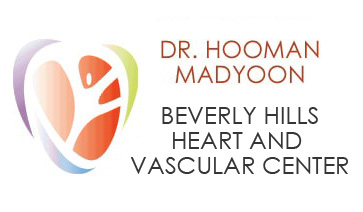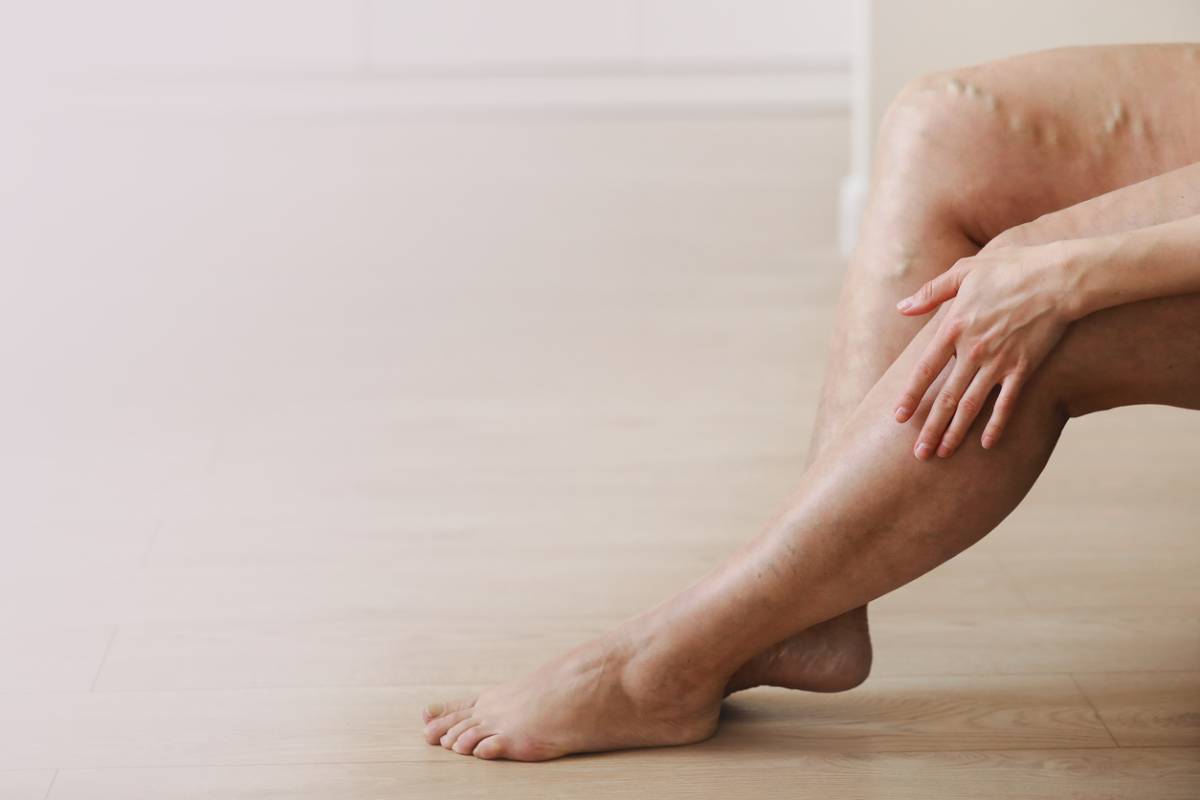Venous disease, also known as chronic venous insufficiency, is a disease that is caused by the lack of blood flowing through major veins in the leg. This stops blood from being able to flow back to the heart, and can even make blood flow backwards. This results in blood clotting and collecting in the legs, resulting in a variety of uncomfortable symptoms.
Symptoms of Venous Disease
While it is not always serious, venous disease is something that should be addressed as quickly as possible with your local cardiovascular specialist near you in Beverly Hills. Today, experts at BHVCI will discuss some of the biggest symptoms of venous disease as well as available treatments that can help reduce feelings of pain and discomfort right away.
What Causes Venous Disease?
The causes of chronic venous insufficiency are many and can stem from a number of sources. Some people are more likely to develop this insufficiency over time as a result of family history, pregnancy, major weight gain, or leg damage due to an injury. Others may have developed this condition due to a lack of exercise, an existing blood clog, or another condition that causes swelling in the legs.
While determining the cause of this venous disease is helpful in directing you toward the best solution, our doctors are more concerned with treating your symptoms as quickly as possible, so don’t hesitate to reach out if you are in pain.
Major Symptoms of Chronic Venous Insufficiency
Everyone’s body is different, and the symptoms they experience may differ from others with this same condition. We do our best to track and list the most well-known symptoms so that patients can familiarize themselves with the disease and seek the proper type of help.
You may want to visit our vein institute for immediate treatment if you are dealing with the following symptoms:
- Swelling and inflammation in the legs, typically the lower legs or even the ankle
- Tightness in the legs, especially when walking
- Itchy or irritated calves
- Skin that becomes discolored around the ankles
- Muscle spasms or cramps in the leg
- Constant pain when moving that might stop when you are resting
- Varicose veins and spider veins
- Ulcers on the legs
- Other leg conditions that have been difficult to treat
Depending on the longevity and severity of your venous disease symptoms, you may need to get treatment right away. We offer a number of proactive treatment options to help reduce pain, improve mobility, and decrease the likelihood of this condition coming back.
Treating Venous Disease
Your doctor may want to start you out with medicinal treatment, prescribing certain medicines that can help increase proper blood flow while reducing pain. If medicine is not enough to solve the issue, you may become a good candidate for radiofrequency ablation. Typically used in tandem with physical therapy, RFA uses heat to close certain veins in your leg, forcing blood to flow through the main arteries rather than getting stuck in the leg.
More severe cases of venous disease may need treatment with sclerotherapy. This works as a treatment that permanently scars the veins so they cannot hold blood any longer. Ligation surgery may also prove needed to tie off the veins, blocking access to them so the blood does not flow there. All venous disease treatments aim at reducing the number of areas that blood can reach when it is flowing back to the heart.
Get Proactive Vein Treatment Today
BHVCI offers a number of CVI treatment options near you to patients experiencing mild, moderate, or severe cases of venous disease. Chronic venous insufficiency may not cause life-threatening symptoms at first, but the pooling of blood can contribute to many other serious venous issues that ultimately lead to poor physical health. Stay on the right track to proper vein health when you reach out to our experts ASAP.

